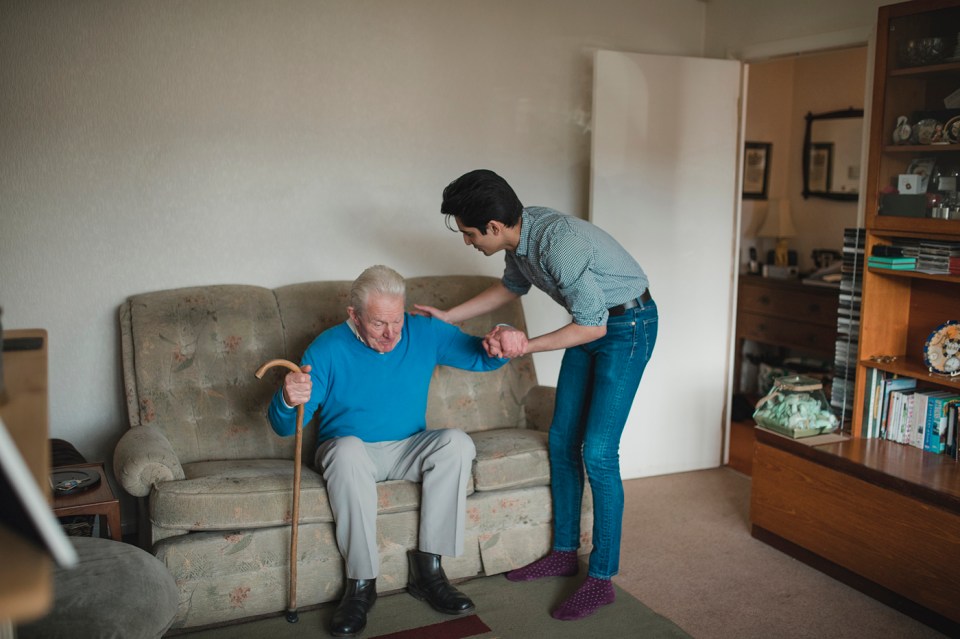Pain is cited as the most common reason people seek healthcare in America. As the number of people suffering from chronic pain continues to rise, healthcare professionals are challenged with overcoming the pain epidemic.
According to the National Institutes of Health, pain affects approximately 20% of U.S. adults – more than diabetes, heart disease and cancer combined. It also accounts for an estimated $560 billion in direct medical costs, lost productivity and disability programs.
Treating pain is complicated further in older adults, as many are also living with multiple chronic conditions. The National Council of Aging states that approximately 80% of older adults have at least one chronic disease and 77% have at least two. Dementia can also be a barrier as cognitive and linguistic challenges can affect a patient’s ability to communicate their symptoms.
Despite the high prevalence of pain, it is often undertreated. If left untreated, pain can be associated with falls, longer hospital stays, delayed healing, functional impairment, depression, anxiety and isolation.
Many patients believe pain is a normal part of aging, or that admitting pain is a sign of weakness. Others are concerned they will become addicted to pain medication, in response to the current opioid crisis.
Encouraging patients to talk about their symptoms, as well as educating them about pain and the treatments available to them, can help healthcare professionals overcome the ongoing challenge of treating pain.
Encourage patients to talk about pain
Accurately identifying pain starts with encouraging patients to talk about pain. Teaching patients how to describe their pain gives healthcare professionals a better way to measure pain.
When assessing a patient’s pain, it’s helpful to use the mnemonic OPQRSTUV to get the conversation started.

Those with cognitive or physical impairments should also be encouraged to talk about their pain. Even those with mild to moderate dementia can respond to simple questions about their symptoms.
In addition, use an observational method for those with impairments to measure the presence of pain and use it consistently to assess changes over time. Observing behaviors like breathing, negative vocalizations, facial expressions and body language can help healthcare professionals determine if a patient is experiencing pain.
Explain the pain scale
The numeric rating scale is the most widely-used tool among healthcare professionals when asking patients to evaluate their pain, with zero indicating no pain and 10 representing the worst pain imaginable.
However, each patient can interpret the numbers differently. By only looking at the number the patient provides, healthcare professionals can get the wrong idea about a patient’s pain, which could result in either over or undertreating the pain.
Explaining the levels of pain to each patient can help standardize responses and result in more accurate care.

Educate patients on available treatments
Many patients assume that opioids are the only solution to pain and are unaware of the many other available treatments. Talk to your patients about alternatives to medication, such as physical therapy, acupuncture, massages or other relaxation techniques, as well as injections or topical treatments.
Pain and medication management programs are also available to help patients take control of their chronic pain. These programs use a multidisciplinary approach that incorporates the patient’s team of experts to provide a holistic solution to pain.
The content of this site is for informational purposes only and should not be taken as professional medical advice. Always seek the advice of your physician or other qualified healthcare provider with any questions you may have regarding any medical conditions or treatments.



